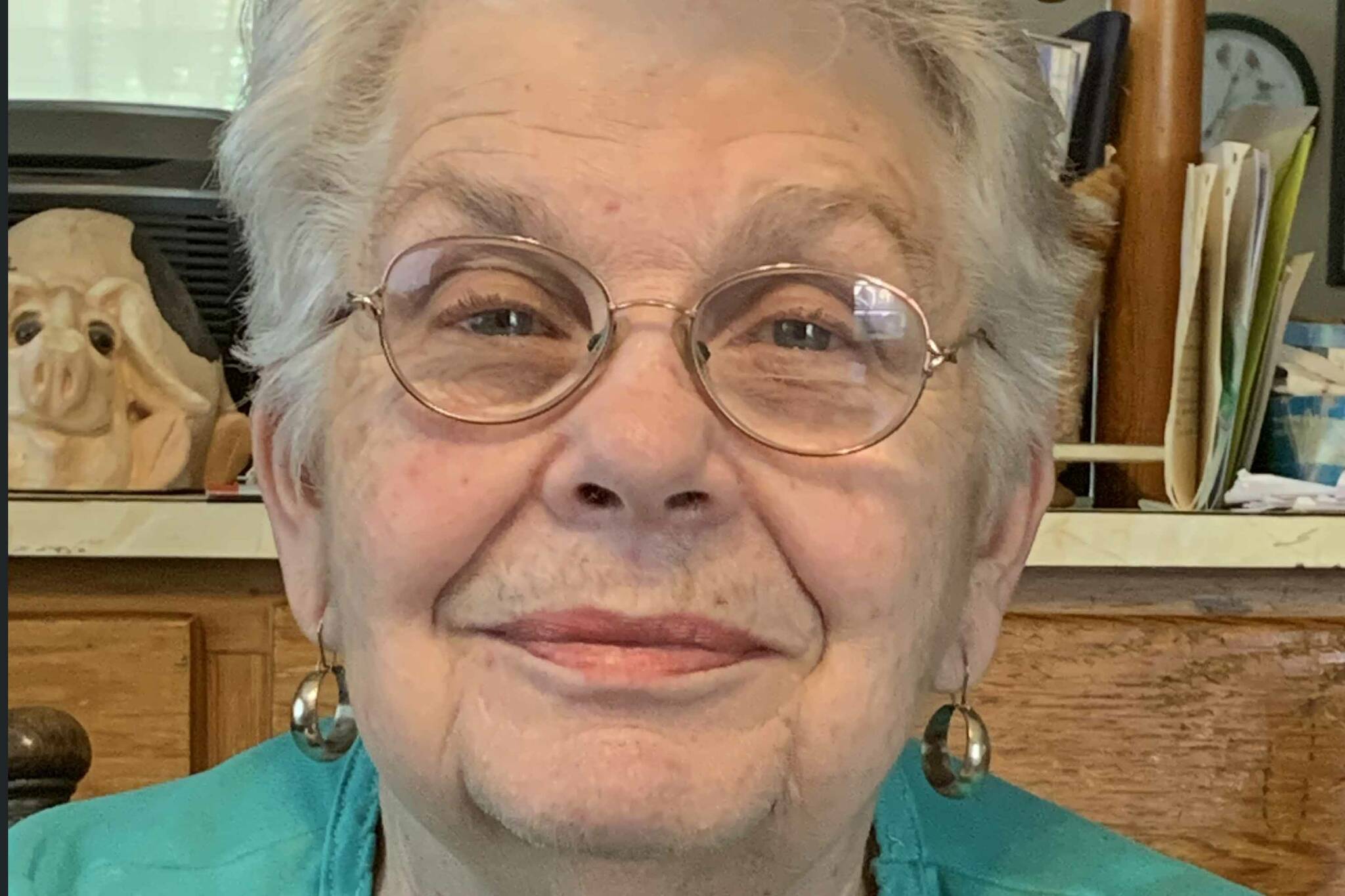I grew up in a big old two-storied farmhouse. It was pretty much the same as the houses of most of my friends. We lived in eastern Washington state, in prime farm country. The settlers had come there from Kansas and Missouri mostly. They came when the railroad opened the area to settlement from places where people were already well established on farms and in towns.
Mostly, they were younger sons or young couples disenchanted with trying to find land to farm on an already over-crowded prairie. They came with pretty entrenched ideas about what a farmhouse looked like so when you say “old farmhouse,” the image is a two-storied, front porch, white lap board (although by now it may be vinyl sided, or painted a stand-out color) dwelling, or a variation of. The bedrooms are upstairs, a back porch for “dirty work,” and maybe a basement or cellar and an attic.
They came in all sizes. Some were small, young couple size: two or three rooms downstairs, and a couple of bedrooms on the upper level. Others larger, built to accommodate the size of the family or anticipated family and the bankroll of the builders. Some were “Sears” houses, ordered from the Sears-Roebuck Catalog and delivered via railroad around the turn of the 20th century. Neighbors and friends got together to help build it, barn-raising style. A lot of these Sears houses are still in good use in the Pacific Northwest. Most have been modified, updated and rebuilt. A few are designated historic homes.
I thought of this the other day when I asked the sisters if anyone knew the whereabouts of a puzzle we had all put together as kids. It was of the U.S., 48 contiguous states in those days. The pieces were wooden and each state was individual, except for those several little ones in the northeast: Vermont, New Hampshire, Massachusetts and Connecticut; which were grouped together in one piece. If my memory serves me, it had been our dad’s puzzle that he was “letting” us play with.
The response was, “Under the stairs” and I knew immediately what she meant. Those old farmhouses, whatever the size, were not space efficient as we practice it today. There were ‘hidey holes’ everywhere. Some obvious ones, like under the stairs, and others found here and there.
The stairways were usually two short flights: up about 10 or 15 steps, turn on a landing and finish the ascent of about eight more steps. Under the landing was always a closet, or cupboard, out of the way, so perfect for tucking away things not used a lot, but needed eventually (like under the bed!). Mom used it for games and puzzles, odd table cloths, boots and shoes someone might wear a couple time a year (my drill team boots!) and other odd collectibles. If you couldn’t find something the first response was “Look under the stairs.” Some houses were designed so that space was utilized as an entry closet; I even know of one that, in my day, housed a sink and toilet from when the house was first plumbed with running water.
Another forgotten area was in the kitchen where the cupboards came together in a corner. It was well into the 20th century kitchen before the corner cupboard, with its turntable shelves, came into being. Before that, that area was space used for items not needed much in the general function of meal preparation or household duties. It was inconvenient to access, so stored things used once a year or so, like the canning kettles or the big bowls for the harvest table and it was a good space to lose things you put away in a safe place or to get out of the way for awhile. Might even find a mouse’s nest if it had been a cold winter.
I have such a space in my kitchen and it houses an air popper, an old waffle iron, some gallon jars I know I will need, and numerous sized pots that might be used someday if I can only remember they are there.
Hidey holes are hard to find in today’s homes. Modern houses are designed toward saving space. The area under stairs is a built-in book case or boot storage maybe even a reading area. The corners have turntables or V-shelves. Closets are designed for hanging clothes and stacking shoes, no high shelf to hide a diary or a forbidden magazine. There is still under the bed, unless you have a bed with drawers underneath. Even the Junk drawer has been modernized with containers and trays and general organizing implements.
Efficiency can go too far; it takes away some of the romance and mystery of your very own space. Give me the old fashioned “in a safe place” … if I can remember where it is!!

